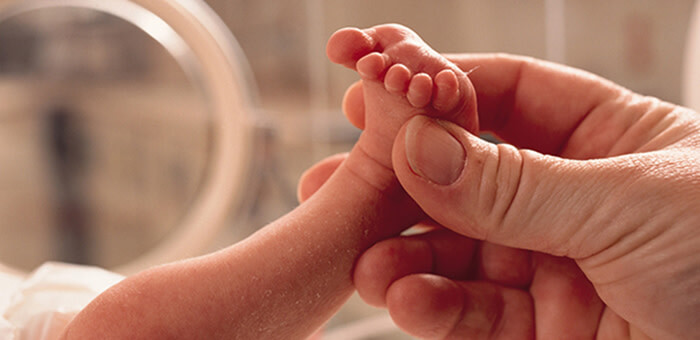Now, approximately one in ten babies is born prematurely, and our scientific and medical understanding of these conditions is increasing every day.
When is a child considered premature?
A full-term pregnancy lasts about 40 weeks, starting from the first day of a woman’s last menstrual period, but childbirth between weeks 38 and 42 is still considered a full-term pregnancy.
When a baby is born at 37 weeks or earlier, it is considered a preterm birth and a preterm birth
.
How do you calculate the age of a premature baby?
How do you calculate the age of a premature baby?
The gestational age of a premature baby is the number of weeks completed in the womb at birth, calculated from the date of the mother’s menstrual cycle and the maturational characteristics of the child at birth. Chronological Age is the actual time since birth. Adjusted age is the chronological age corrected for the amount of prematurity. Adjusted age is usually used when it comes to a child’s development, but chronological age is best for calculating the timing of health care visits and immunizations.
What are the causes of premature birth?
Known risk factors are calculated for only about half of all preterm births. They include infections such as urinary tract infections, respiratory diseases, and vaginal infections. So testing with cultures can be important. Treatment both before conception and during pregnancy can prevent transmission of the infection to the baby. Undetected periodontal disease and viral diseases are also associated with increased rates of preterm birth.
Multiple birth
Twins, triplets and more rarely reach the end of pregnancy. Twins have a 25 to 50 percent chance of being born early, otherwise it arises from the number of babies getting bigger in the womb.
Congenital anomalies
Ultrasound can help identify babies with developmental abnormalities that may cause premature birth. If the fetus needs to be delivered before the due date, premature labor may be planned.
Mother’s conditions
Mothers with abnormalities of the uterus or cervix; Chronic diseases such as kidneys, preeclampsia/eclampsia (pregnancy-related disease with high blood pressure), diabetes, or poorly functioning, bleeding or damaged placenta usually necessitate premature delivery of the baby. Delivery may be performed by caesarean section (C-section) or due to the well-being of the mother and/or child.
Include:
Include:
- Women who have experienced premature labor once.
- Women who have become pregnant six months or less after a previous delivery;
- Women who are underweight at pregnancy or who have gained less from 20 lbs during pregnancy;
- Very young mothers and women over 40;
- Women who work on their feet until the end of pregnancy, do hard work, or are subject to a lot of physical or emotional stress;< /li>
Myths about premature birth
Most of the mothers who suffer from preterm labor and fathers wonder what causes preterm labor and feel some guilt. In the overwhelming majority of cases, there is nothing to prevent premature birth. But the myths persist and include:
- Third Trimester Sex
- Anxiety
- Bad Thoughts
- Discussions and Arguments with Your Husband
- Flying
- Bad food
- Swimming
birth
About 20 percent of premature babies are born electively (birth is planned) because of the mother’s or baby’s medical condition and to avoid the stress of labor; Some deliveries are boosted by shots. Another 30 percent of women give birth prematurely after rupture of the membranes, and about half of all preterm births occur after the onset of preterm labor.
Labor has begun or a caesarean is proposed if the baby is in distress, called fetal distress.
If the mother is in a high-risk condition and/or premature labor is imminent, she may be transferred to a high-risk birth center. This will allow her and her baby’s needs to be met, who will require highly specialized care.
Prevention of premature birth
Preventing all preterm births is not possible, but good prenatal care and good medical care between pregnancies can help reduce the number of preterm births.
Women with a very serious medical condition or any acute or chronic health condition should see their health care provider early and frequently. Also, good nutrition, proper weight gain, and not smoking or drug abuse will help reduce the rate of premature births, as it will be a better diagnosis of hidden diseases.

